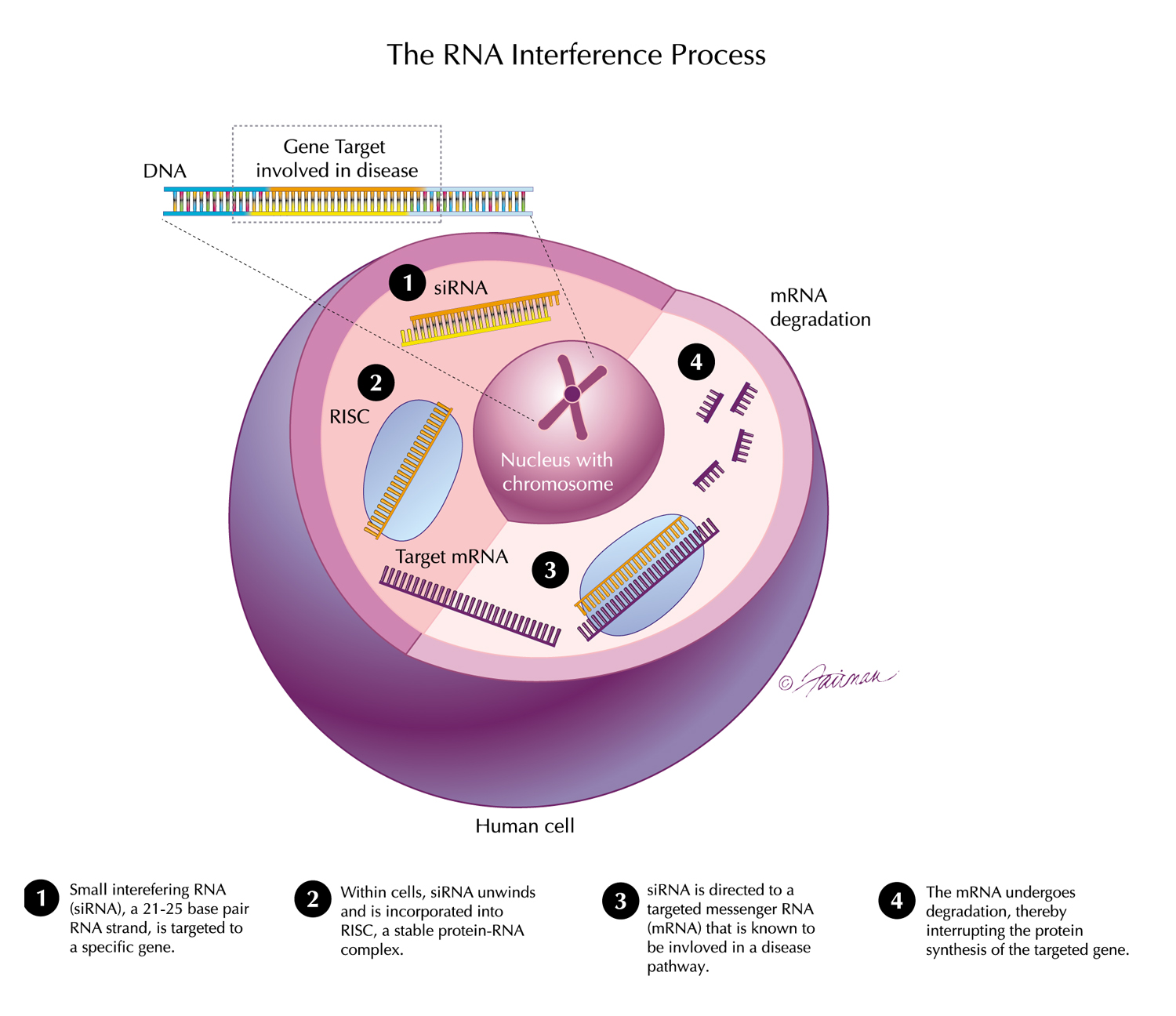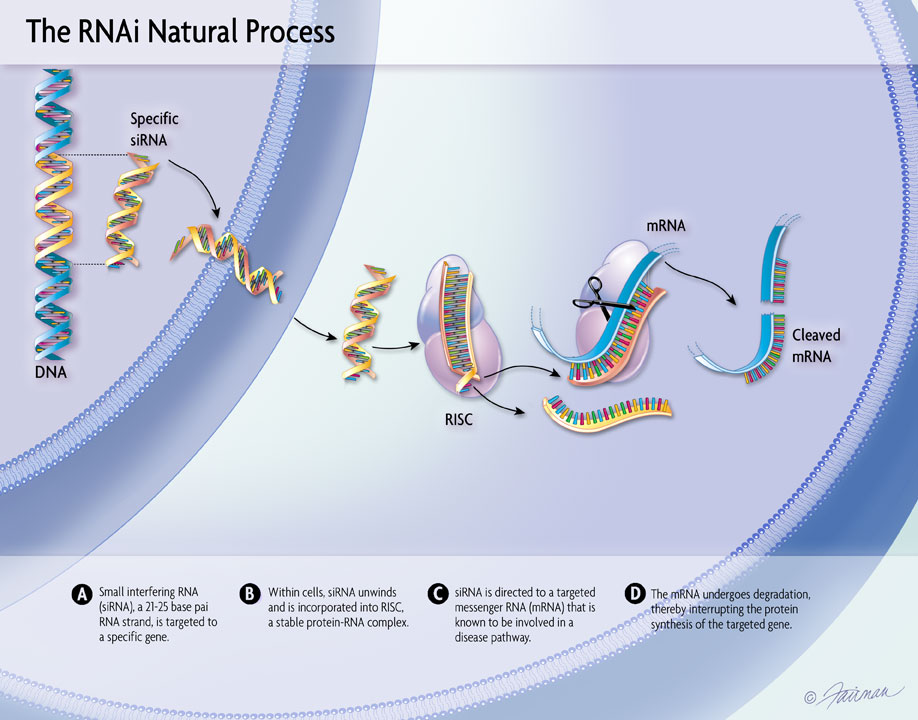05 Oct, 2022 Alnylam Presents at OTS 2022 Annual Meeting
We presented on platform and clinical results at the Oligonucleotide Therapeutics Society (OTS) 2022 18th Annual Meeting held in Phoenix, Arizona on October 2-5, 2022.
Human Genetics as an Enabler of RNAi Therapeutics – Paul Nioi
Phase 3 study, HELIOS-A, in hATTR Patients Evaluating a Single Dose Regimen – Gabriel Robbie
Toxicology and DMPK Assessment of siRNA Therapeutics – Joe Dybowski





